Ultra-thin stone is an innovative stone processing technology designed to cut natural stone into extremely thin slabs, typically ranging from 3 to 8 millimeters in thickness. This technology combines aesthetics and functionality and is widely used in architectural decoration, furniture manufacturing, interior design, and other fields.
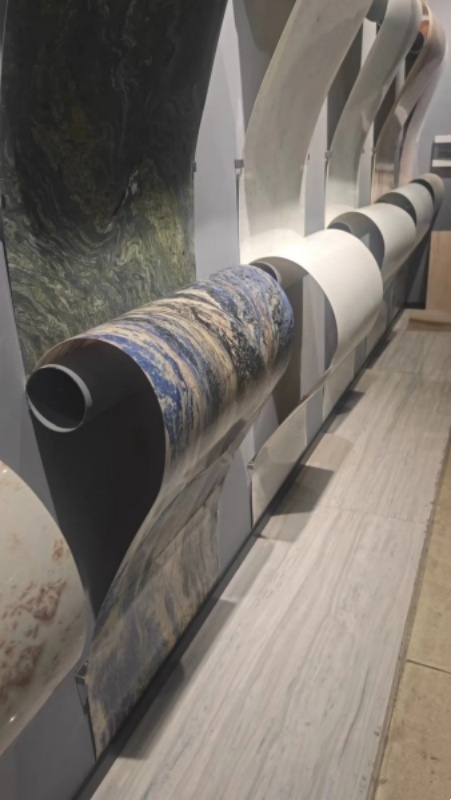
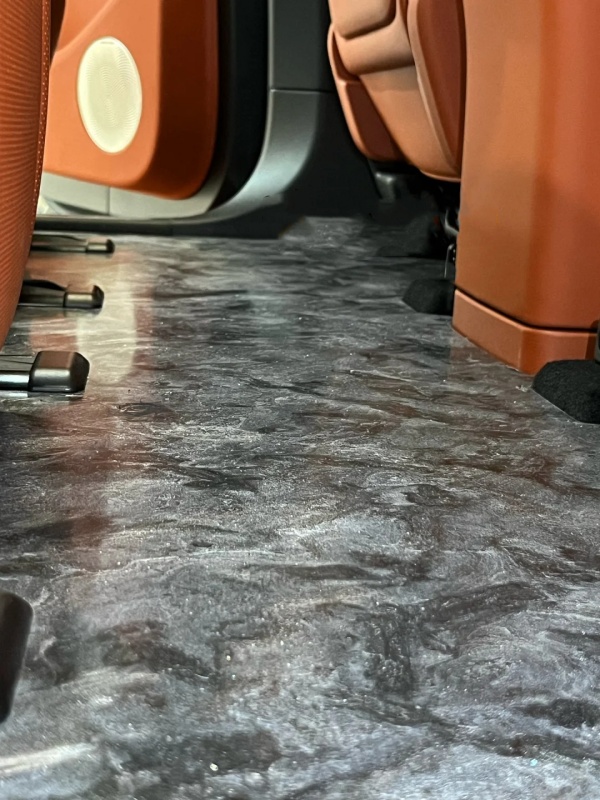
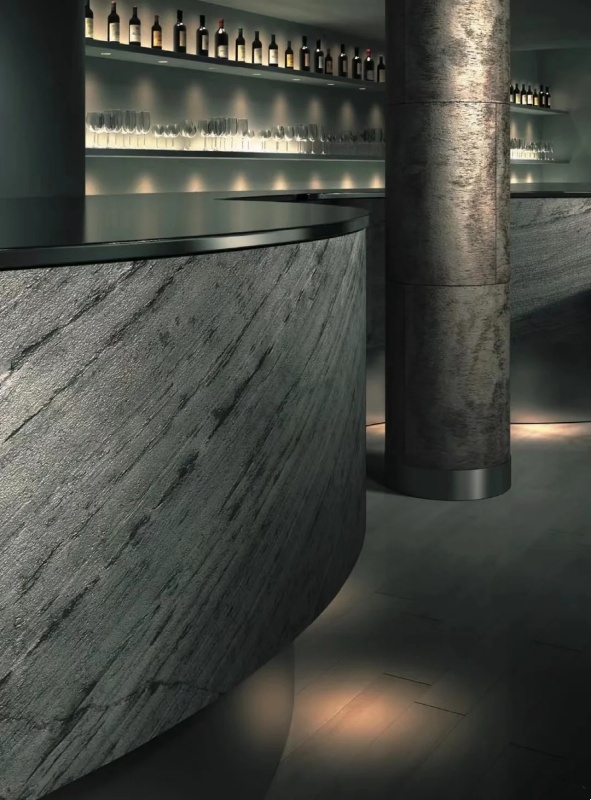
1. Stone Selection
Quality Assessment: High-quality natural stones such as marble, granite, or quartzite are selected based on their density, durability, and visual appeal.
Structural Soundness: The stone block should be free from cracks, internal flaws, or weaknesses to withstand the thinning process.
2. Cutting the Stone
Block Slicing:
Diamond Wire Sawing: A diamond-coated wire cuts the stone into thick slabs (typically 10-20 mm as a starting point).
Gang Saw or Multi-Wire Saw: These tools are used to ensure consistent thickness during the initial cut.
Thinning Process:
High-precision cutting machines equipped with diamond blades or waterjet technology further reduce the slab thickness to 3-8 mm.
Cutting is performed slowly to avoid overheating and cracking.
3. Reinforcement
To compensate for the reduced thickness and prevent breakage, the stone is reinforced:
Backing Materials:
Fiberglass mesh: Applied to the back using strong adhesives like epoxy resin.
Aluminum honeycomb panels: Used for lightweight applications, especially in construction.
Glass backing: Provides translucency for backlit applications.
Lamination Process:
Adhesives are applied to bond the reinforcement material with the stone. The composite slab is then cured under heat or pressure.
4. Surface Finishing
Polishing: The stone surface is polished to achieve a smooth and reflective finish.
Texturing: Options such as honing, sandblasting, or leathering are applied to create matte or textured finishes.
Sealant Application: A protective coating is applied to enhance stain and moisture resistance.
5. Quality Control
Thickness Verification: Precision instruments measure the slab thickness to ensure uniformity.
Strength Testing: Tests such as bending strength and impact resistance are performed to confirm durability.
Visual Inspection: The slabs are inspected for defects, such as surface irregularities or inconsistent textures.
6. Cutting to Size
Customized Shapes: CNC (Computer Numerical Control) machines are used to cut the slabs into specific shapes and sizes based on project requirements.
Edge Finishing: The edges are smoothed or beveled depending on the application.
7. Packaging and Transportation
Protective Layers: Slabs are separated with foam or plastic sheets to prevent scratching during transit.
Secure Crating: Lightweight yet sturdy crates are used to protect the stone during shipping.
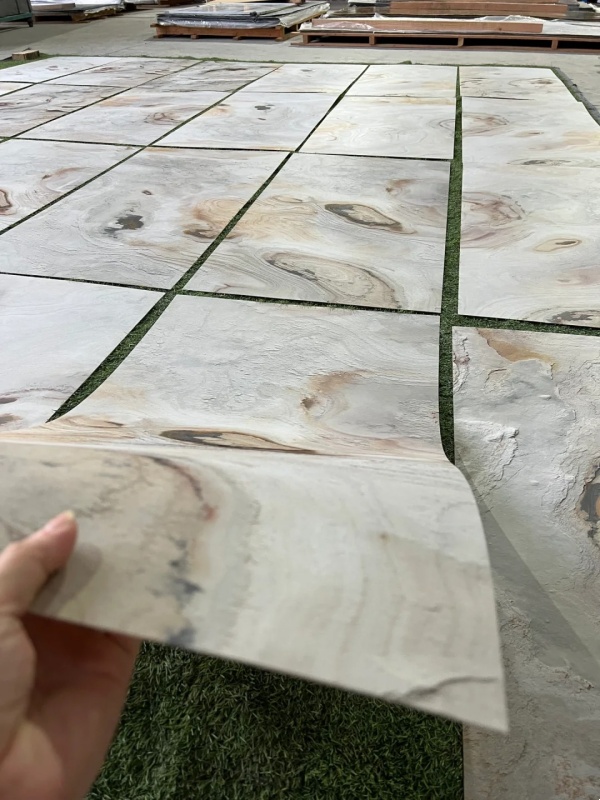
Key Considerations for Production
Equipment Investment:
Specialized machinery, such as multi-wire saws and laminating systems, is essential.
Skilled Labor:
Technicians must handle precision machinery and quality checks.
Waste Management:
Stone dust and cutting waste are collected and recycled wherever possible.
Environmental Impact:
Ultra-thin stone production is more eco-friendly as it maximizes material usage, reducing quarrying demand.
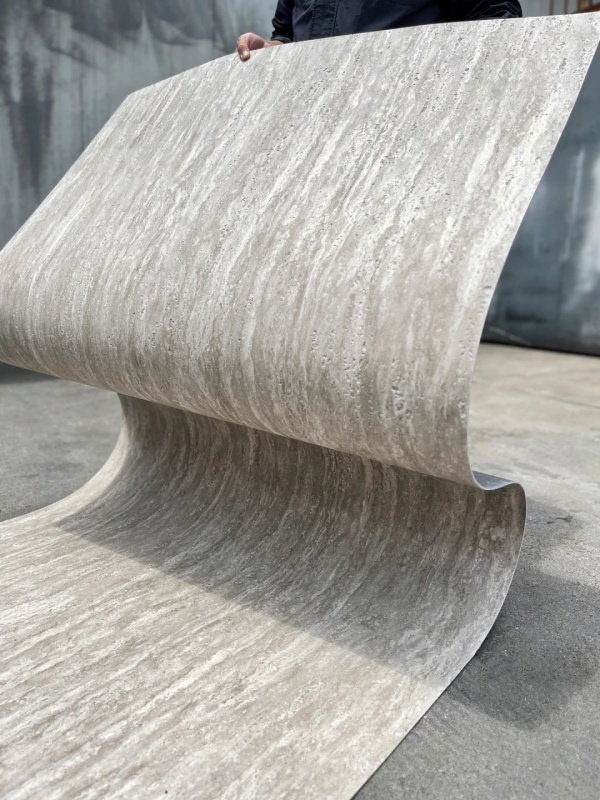
Our hours
Mon - Friday : 9 AM - 6 PM
Sat - Sun : Online Service
(all hours are Beijing Time)